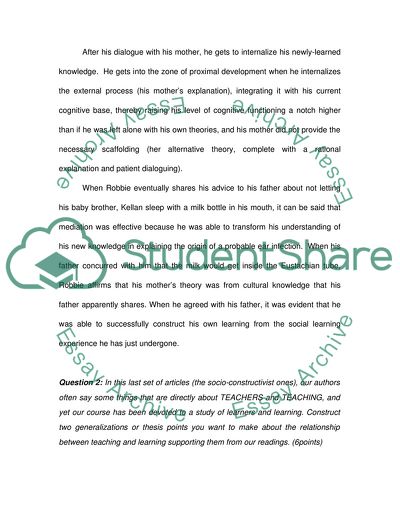Cite this document
(Psychology of Learning: Socio-Constructivist Analysis Assignment, n.d.)
Psychology of Learning: Socio-Constructivist Analysis Assignment. Retrieved from https://studentshare.org/education/1705689-psychology-of-learning-view-socio-constructivist
Psychology of Learning: Socio-Constructivist Analysis Assignment. Retrieved from https://studentshare.org/education/1705689-psychology-of-learning-view-socio-constructivist
(Psychology of Learning: Socio-Constructivist Analysis Assignment)
Psychology of Learning: Socio-Constructivist Analysis Assignment. https://studentshare.org/education/1705689-psychology-of-learning-view-socio-constructivist.
Psychology of Learning: Socio-Constructivist Analysis Assignment. https://studentshare.org/education/1705689-psychology-of-learning-view-socio-constructivist.
“Psychology of Learning: Socio-Constructivist Analysis Assignment”. https://studentshare.org/education/1705689-psychology-of-learning-view-socio-constructivist.


